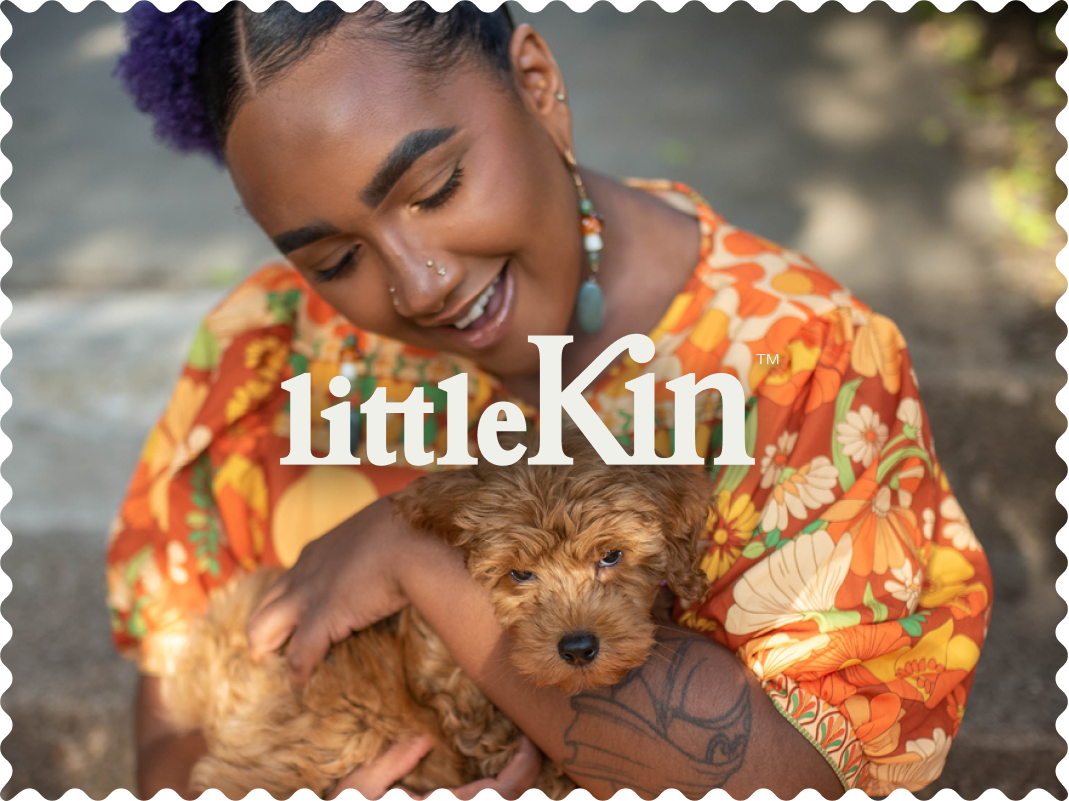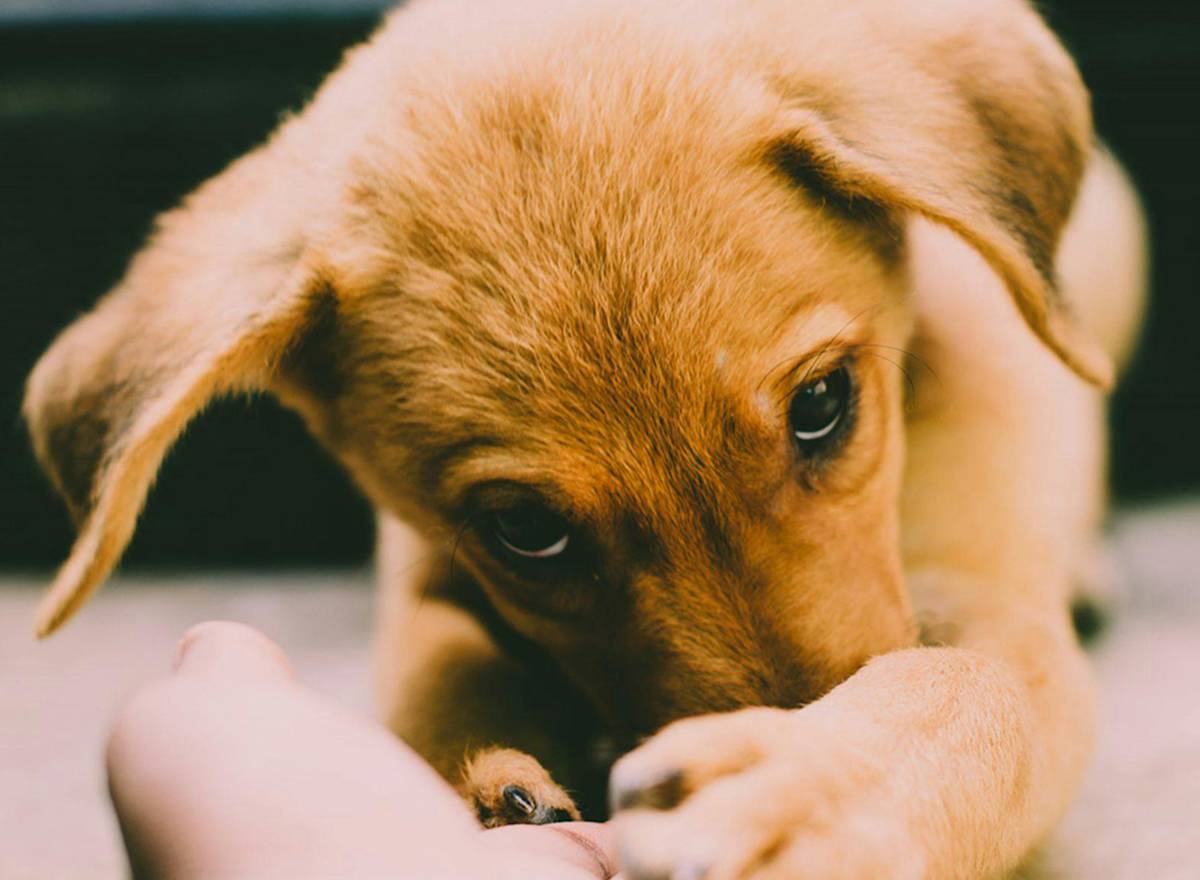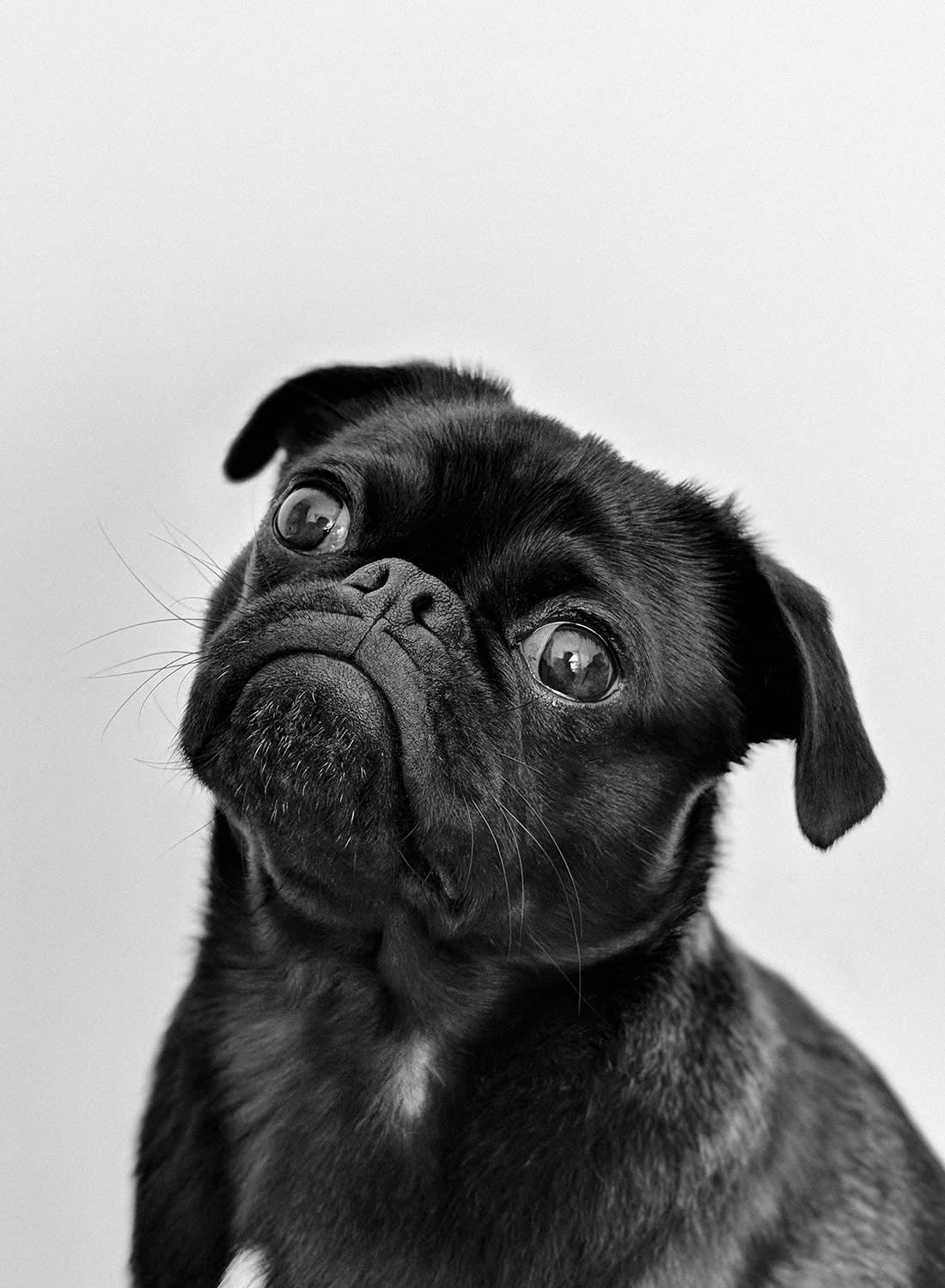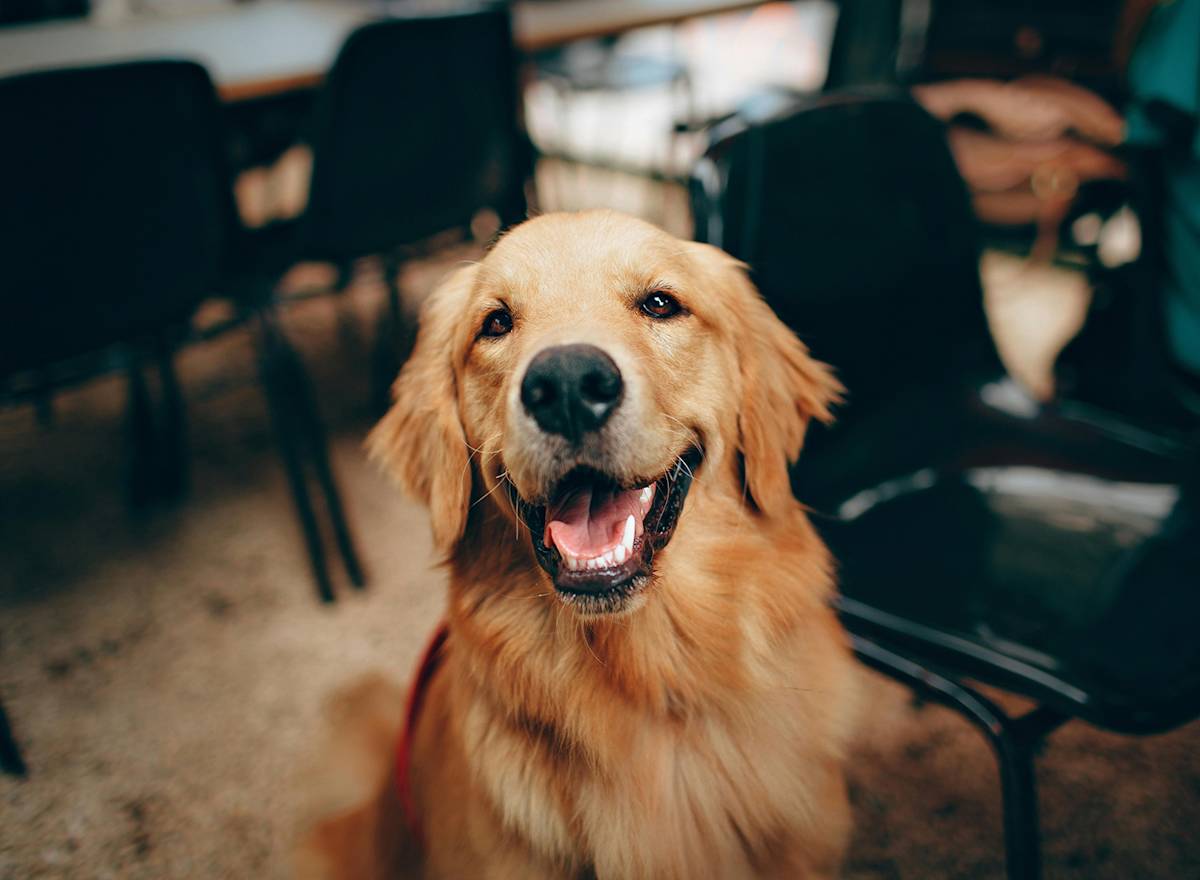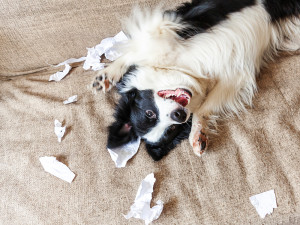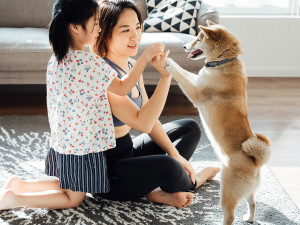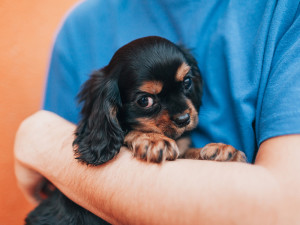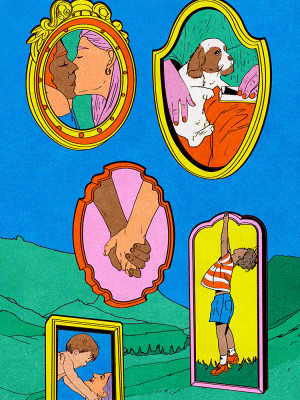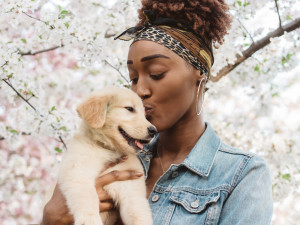Neoteny: The Reason Your Dog Still Acts (and Looks) Like a Puppy
Why some dogs never really grow up

Share Article
Have you ever noticed how some dogs seem to never grow up? Not just in behaviour, but in how they look too? It might be a permanently round face, oversized eyes or perhaps playful energy – even when they’re past puppyhood. It might surprise you that there’s actually a biological term for this one: neoteny.
Neoteny is the retention of juvenile (young) traits into adulthood. In dogs, it can manifest physically – such as floppy ears or large eyes – or behaviourally, through sustained playfulness or dependence on the people in their life. And don’t we just love a puppy face? Some dog breeds have even been selectively bred to encourage these features.
More than simply understanding a scientific term – exploring neoteny can shape expectations, inform on your dog’s care and help avoid misunderstandings. A dog that looks and acts like a puppy in adulthood may win our hearts, but it’s important to understand and support their individual needs as they age.
What is neoteny?
In dogs, neoteny – a type of paedomorphosis – manifests in two primary ways: physically and behaviourally.
Dr Amelia Welham, Head Vet at Bristol’s The Pet Vetopens in new tab, says that from a physical perspective, neoteny is “retaining juvenile characteristics such as large eyes, often with shallow sockets. Short nose/snout and compact/petite body size” are also seen. She adds that these physical traits can be shown alongside “a more boisterous and dependant behaviour”.
While this phenomenon occurs in various animal species, it’s particularly noticeable in domesticated species – and perhaps most apparent in dogs.
When humans began domesticating wolves thousands of years ago, they unknowingly favoured juvenile traits like sociability and low aggression. Over time, this produced animals that not only behaved more like wolf pups but also began to resemble them.
In fact, dogs have even evolved a special muscle above their eyes that allows them to widen their eyes and create that endearing ‘puppy dog eyes’. A studyopens in new tab found that this muscle is underdeveloped in wolves, indicating that this trait likely evolved in dogs as a way to appeal to humans.
Physical and behavioural neoteny
Neotenic dogs are pretty easy to spot – dogs that look like puppies no matter their age. Breeds such as the Pomeranian, Maltese, Pug, Shih Tzu and Cavalier King Charles Spaniel are classic examples of neoteny, with their big eyes, short snouts and fluffy coats.
But neoteny goes beyond just looks. These dogs often stay playful, energetic and more dependent on their humans – typical traits of young pups. A two-year-old Maltese might still act like a six-month-old, unlike more independent breeds such as an Akita or Greyhound.
Some extreme neotenous traits are the result of intense selective breeding, which can impact health. Dr Welham says, the large eyes that these dogs may have “predispose them to corneal ulceration”. She adds that “they also often have poor tear production and quality which can lead to difficulties in keeping the corneal surface moist and lead to keratoconjunctivitis sicca (dry eye).”
In brachycephalic breeds, such as Pugs or French Bulldogs, their short muzzle is caused by an “abnormal skull – this means that often their teeth are overcrowded and they often have skin fold infections.” As Dr Welham continues, their “shortened jaw can mean that their soft palate is elongated in proportion to their oral cavity and lead to breathing issues which, alongside narrowed nares [nostrils], which causes Brachycephalic Obstructive Airway Syndromeopens in new tab (BOAS).”
Why humans love it – and what that means
There’s a good reason neotenous dogs tug at our hearts: their features mirror those of human infants. From a cultural and evolutionary perspective, humans are naturally drawn to the youthful features of babies. Known as the Kindchenschema effect, this tendency is shaped by evolution to ensure we protect and nurture our children.
Although research on children’s interest in neoteny is limited, a 2013 studyopens in new tab suggests that a preference for neotenous features may begin early in life. While the children in this study didn’t seem to favour breeds of dogs who retained juvenile features, they did recognise and prefer juvenile features in cats and inanimate objects such as teddy bears.
Are there downsides to neoteny?
As endearing as neoteny can be, it’s not without its complications. When dogs look and act like puppies well into adulthood, it can lead to skewed expectations. Pet parents may assume their dog should always be playful – they may treat their dog as a child, or even a toy, rather than an adult animal.
It can also impact training – as the pet parent may not put gentle boundaries in place or excuse behaviour that isn’t ideal due to still ‘being a puppy’. This may lead to problems for the dog successfully navigating our human world. There is also an increased chance of behavioural issues such as separation anxiety, if the dog isn’t allowed the opportunity to slowly build confidence in spending time alone.
Dr Welham cautions that if you treat a senior dog as if they are still a puppy – especially when they are acting in that manner – “without understanding or treating [physical] issues which become apparent as they age it can be a form of neglect”.
She continues, “as dogs age, joint disease increases. If not identified by [guardians] and presented to veterinarians, this will not be diagnosed and pain will therefore not be treated”.
Dr Welham also highlights the importance of not ignoring health conditions such as snoring or other signs of BOAS which are often thought of as ‘cute’, “when they are actually a sign of being unable to breathe effectively.”
Final thoughts: neoteny in dogs
Neoteny might explain why your adult dog still acts like a puppy or melts the hearts of everyone they meet. But beyond the charm, it highlights the powerful role of domestication and how selective breeding shapes the dogs we live with. Understanding why some dogs retain puppy-like traits helps us be more conscientious guardians – meeting their real needs, not just those we perceive.
The neoteny traits in dogs may have deepened our connection with them, but cuteness shouldn’t outweigh their wellbeing. So, the next time your dog gives you that wide-eyed look, enjoy it, but remember there’s an adult dog behind that forever-puppy face.
Resources
Borgi, Marta, and Francesca Cirulli. “Children’s Preferences for Infantile Features in Dogs and Cats.opens in new tab” Human-Animal Interaction Bulletin, Dec. 2013.
Kaminski, Juliane, et al. “Evolution of Facial Muscle Anatomy in Dogs.opens in new tab” Proceedings of the National Academy of Sciences, vol. 116, no. 29, June 2019, pp. 14677–81.
Mitze, Stefanie, et al. “Brachycephalic Obstructive Airway Syndrome: Much More than a Surgical Problem.opens in new tab” Veterinary Quarterly, vol. 42, no. 1, Nov. 2022, pp. 213–23.

Caroline Wilkinson
Caroline Wilkinson is a Certified Animal Behaviourist. As the Founder of digital pet coaching service Barket Place, Caroline has a passion for improving connections between human and hound, with a focus on relationships and reduction of stress for canines living in a human world.
Related articles
![Puppy laying in torn up paper on the couch]()
New Puppy Driving You Nuts? Here’s How to Deal With It
The beginning of puppy parenthood can be rough, but it does get better – especially when you implement this advice
![mom and daughter playing with puppy]()
How to Introduce Your New Dog to Your Kids
They’ll always remember their first childhood pet – this intro is just the beginning
![A man in a blue t-shirt holding a super cute puppy against an orange background]()
Baby Face: The Allure of Cute Dogs
Kindchenschema might explain why pet parents anthropomorphise their cuddly companions
![an illustration of a couple kissing, a dog, a couple holding hands, a child, and a child playing with a dog]()
Is Raising a Dog With Someone Anything Like Raising a Kid Together?
It’s the great puppy vs baby debate
![woman draped in an orange blanket holds a black-and-white puppy]()
Puppy Developmental Stages and Milestones
What to Expect When You’re Expecting – canine edition
